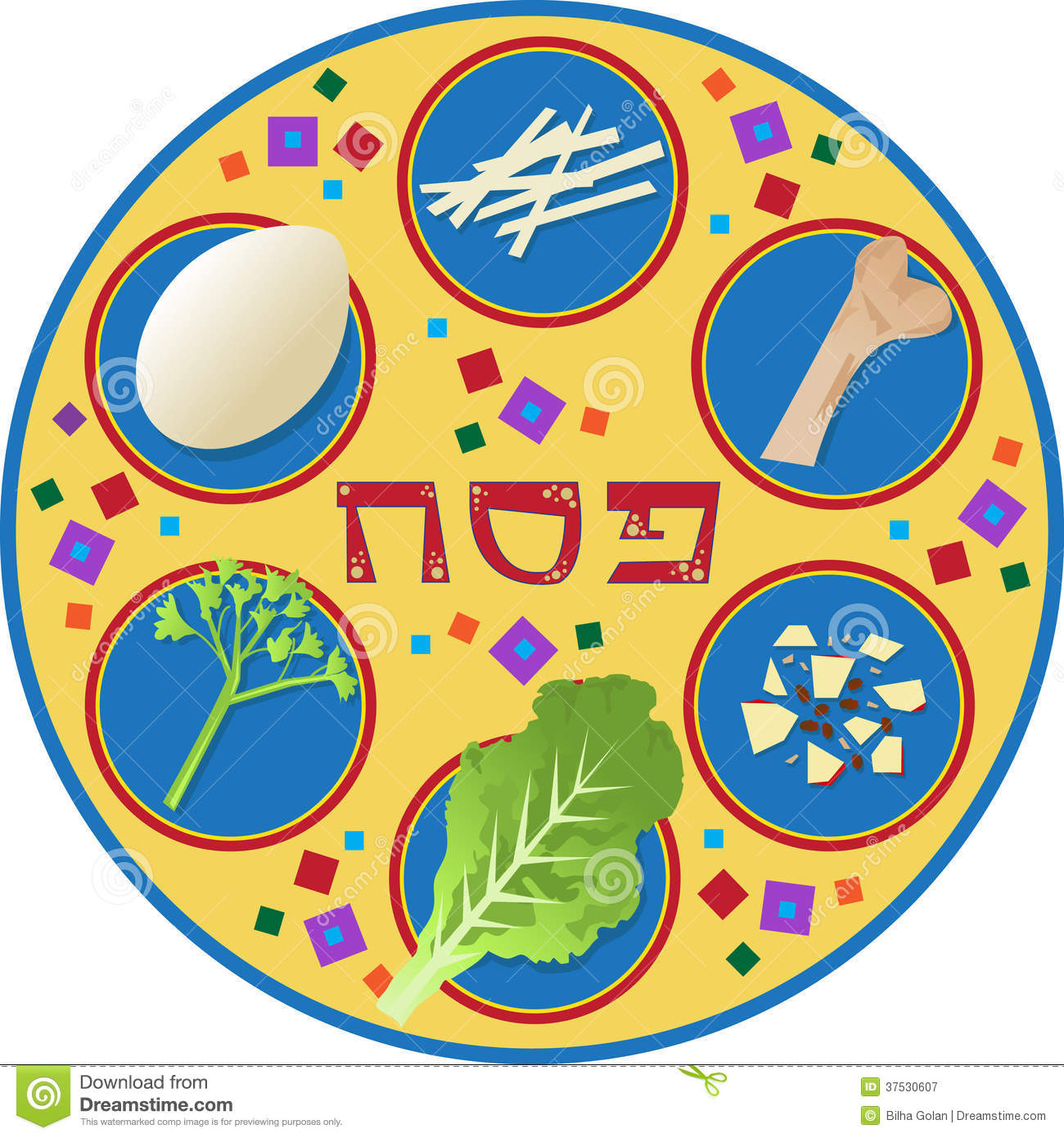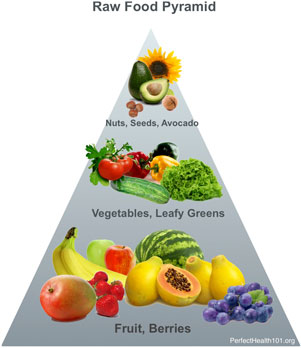04/12/2017 TELL THE STORY
Matthew 26:18 HE replied, “Go into the city to a certain man and tell him, ‘THE TEACHER says: MY appointed time is near, I am going to celebrate the Passover with MY disciples at your house.’” So the disciples did as JESUS had directed them and prepared the Passover. (See also Luke 22:10-11; Mark 14:13-14) [New International Translation]
Matthew 28:5-7 Then the angel spoke to the women. “Don’t be frightened!” he said. “I know you are looking for JESUS, who was crucified, but HE isn’t here! For HE has come back to life again, just as HE said HE would. Come in and see where HIS body was lying….And, now, go quickly and tell HIS disciples that HE has risen from the dead, and HE is going to Galilee to meet them there. This is my message to them.” [Living Bible Translation]
Summary
April 10, 2017 was the beginning of Passover. The Passover Seder is the Jewish feast or meal that marks the beginning of the Passover holiday. Seders are conducted all over the world. In Matthew 26:18, JESUS describes his intent to celebrate the Passover meal with his disciples—the members of his close community. The Seder is a community and often multigenerational meal. It is a meal of instruction. It is a meal that tells a story. Is it a meal of about survival, overcoming and about how GOD intervened into the lives of HIS people. The LORD instructed Moses:
And you shall tell your son on that day, ‘It is because of what the LORD did for me when I came out of Egypt.’
Exodus 13:8. Passover tells the story. A story can be told in a number of ways---through song, prayer, through the reading of scripture, recitation and by means of food and even the dishes the food is served. The Passover plate tells a story. The plate contains “symbolic foods” that are arranged to they tell the story of slavery and Divine Intervention. The six items on the plate include:
- Maror and Chazeret: Two types of bitter herbs, symbolizing the bitterness and harshness of the Jewish slavery in Ancient Egypt. For maror, many people use horseradish or horseradish root. Chazeret is typically romaine lettuce, whose roots are bitter-tasting.
- Charoset: A is a sweet, brown, paste of fruits and nuts, symbolic of the mortar the Jewish slaves used during their years of forced labor in Egypt.
- Karpas: A is typically a vegetable other than bitter herbs, usually parsley but sometimes cel-ery or cooked potato, which is dipped into salt water or vinegar often at the beginning of the Seder.
- Zeroa: A roasted lamb or goat bone, symbolizes sacrifice. The roasted lamb was eaten as part of the meal on Seder night.
- Beitzah: A hard-boiled egg, symbolizing the korban chagigah (festival sacrifice) that was offered in the Temple in Jerusalem and was then eaten as part of the meal on Seder night. Some view the hard-boiled egg as symbolic of mourning.
See, www.wikipedia.org and www,chabad.org.
The plate tells the story.

When the angel spoke to the women on that ancient Sunday morning, their instruction to the women was to tell the story. They were shown the empty tomb, so they could see the body was not there. The women were told HE had risen from the dead and instructed to tell others.
Over the coming days, on “Good Friday,” and on “Easter/Ressurection Sunday,” people will gather as a community of faith in Christian churches around the world, where men and women will gather to listen to a preacher or speaker “tell the story.” Some families will have special meals to celebrate their survival as a family, to remember loved ones and to create memories for the next generation and remind them how good GOD has been to them. The celebrations as a church families and will “tell the story” of GOD’s sacrifice, love, great goodness and mercy to us.


